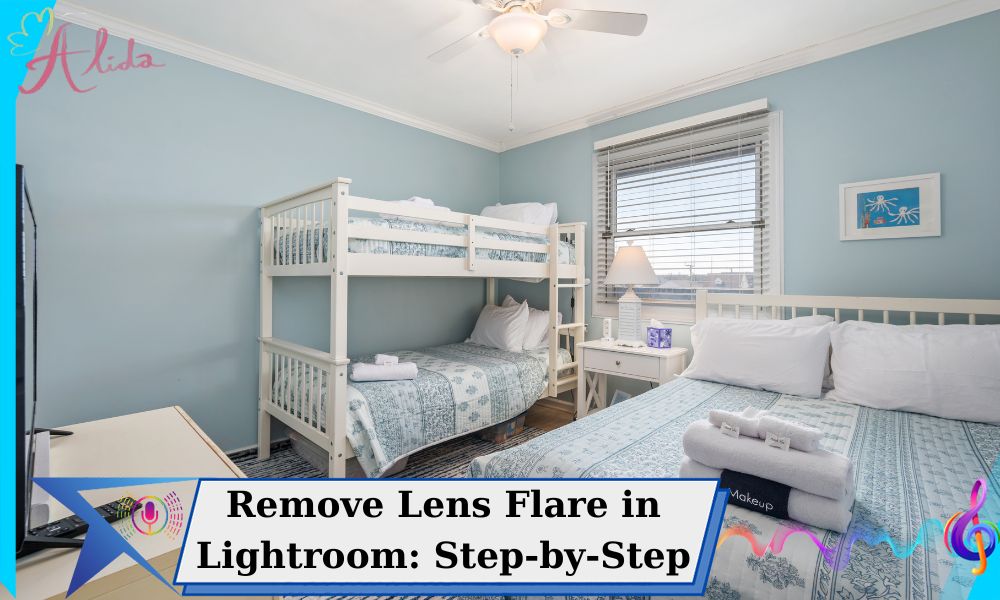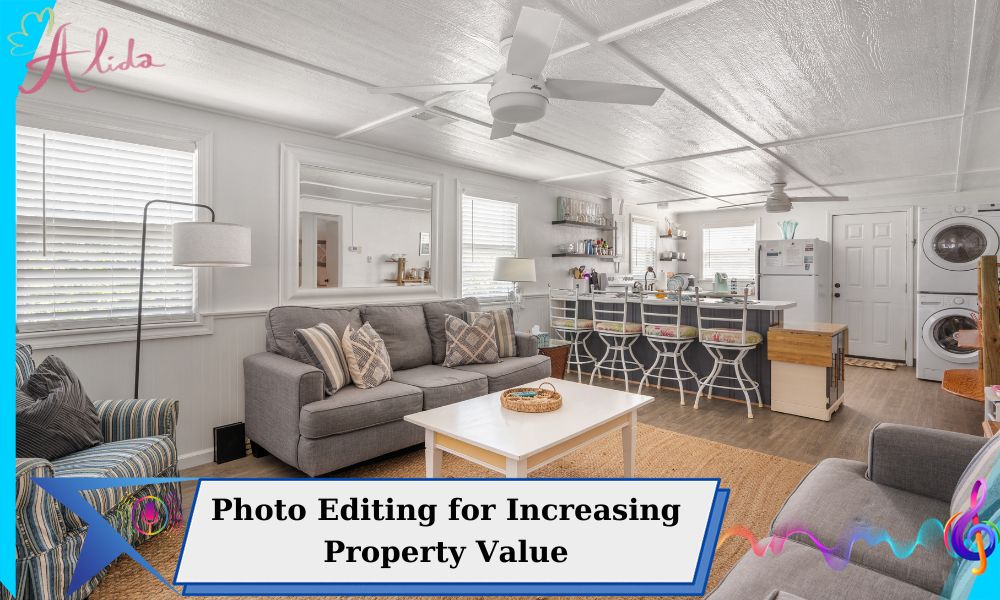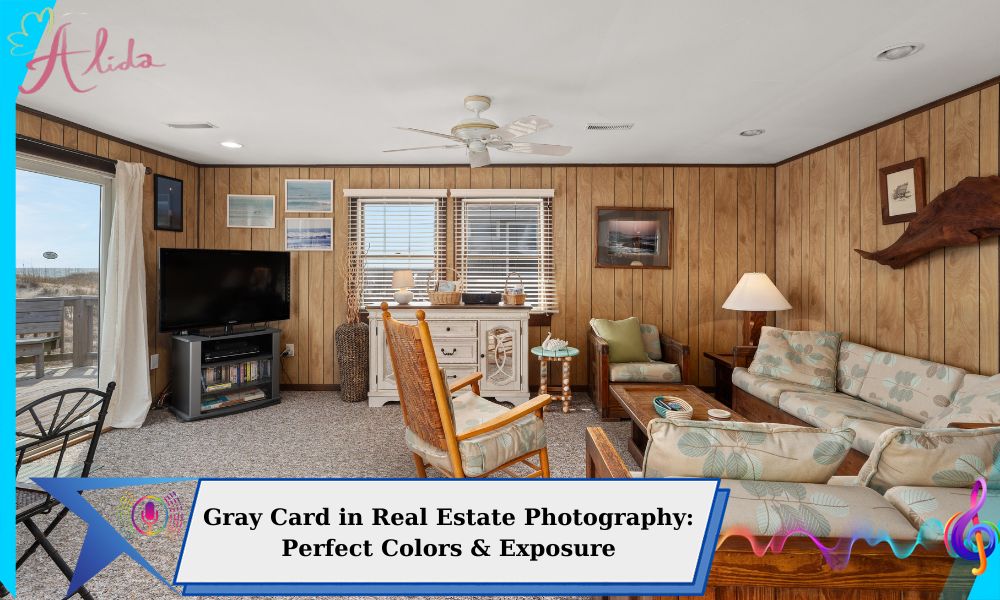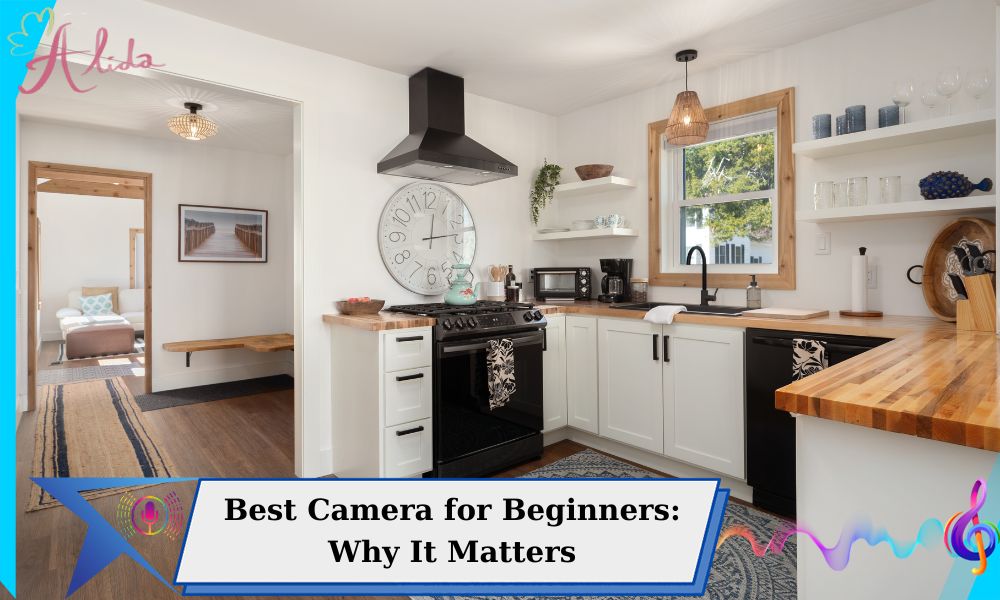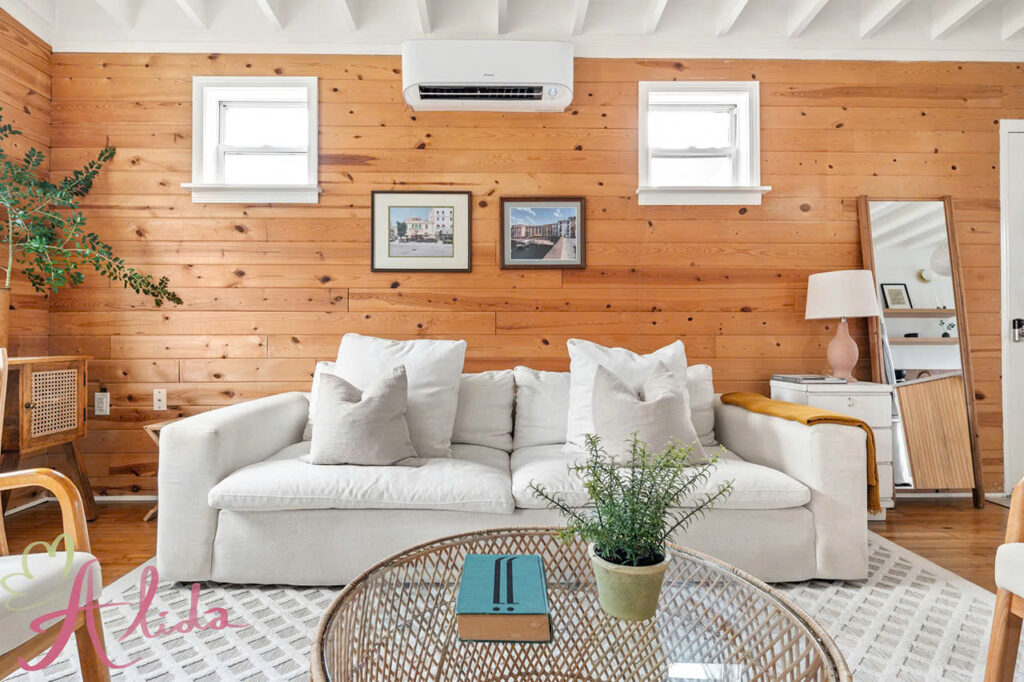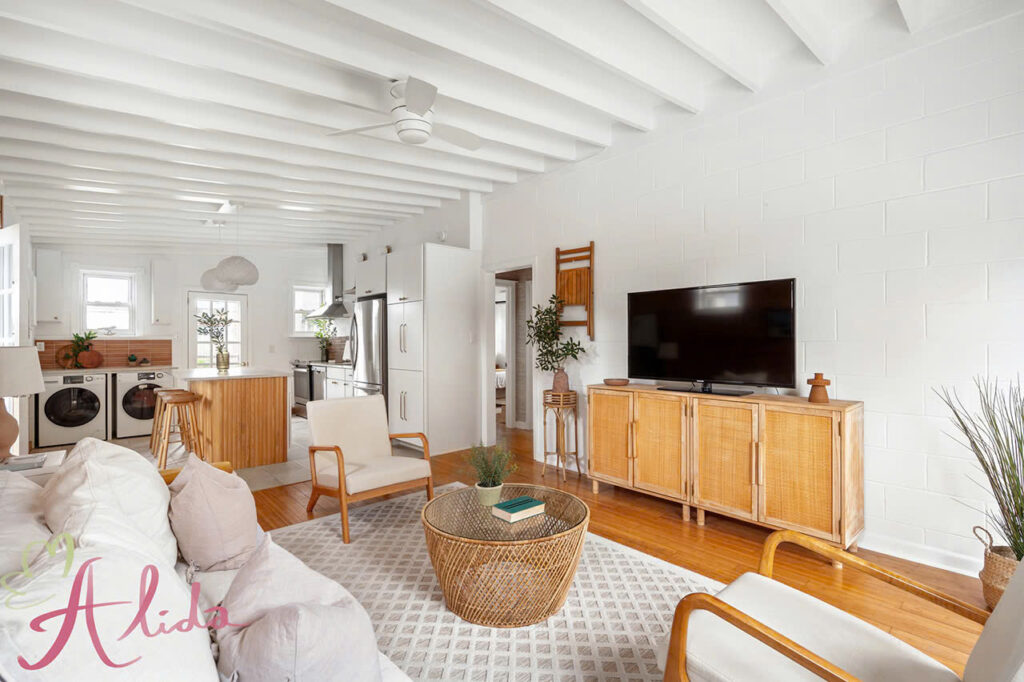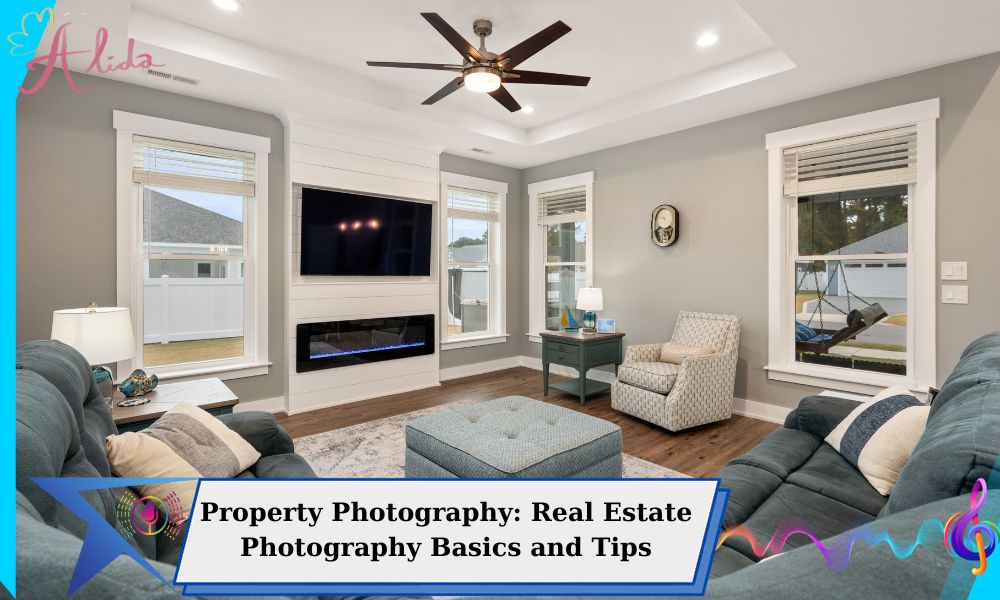In today’s competitive real estate market, property photography is essential for showcasing properties in the best light. High-quality, professional images help homes stand out online and attract potential buyers. Whether you are a real estate agent, a property seller, or a buyer looking for a new home, investing in great property photography can make all the difference. The right photos not only highlight the features of a property but also convey a sense of style and appeal that can influence a buyer’s decision.
Equipment Needed for Stunning Property Photos
To capture property photos that attract attention, it’s crucial to invest in the right equipment. A professional-grade camera and proper lenses are the foundation of any successful real estate photo shoot. DSLR and mirrorless cameras are the top choices for real estate photography gear, offering high-resolution images and the flexibility to adapt to various shooting conditions.
- Camera Types: DSLR cameras like the Canon EOS 5D Mark IV or mirrorless options like the Sony Alpha 7R IV provide excellent image quality and versatility. These cameras are ideal for capturing sharp, detailed property images.
- Lenses: Wide-angle lenses are a must-have for property photography, allowing photographers to capture more of the space in a single frame. A 16-35mm lens, for example, works well for both interiors and exteriors.
- Other Essential Tools: A sturdy tripod ensures sharp, steady shots, especially in low-light conditions. Lighting equipment such as softboxes and external flashes is essential for achieving the right light balance, particularly in interior shots.
The right combination of camera and equipment ensures that your property photos will be clear, detailed, and visually appealing.
Mastering Lighting Techniques
Lighting is essential in real estate photography. It helps to enhance the property’s features and create a welcoming atmosphere. Proper lighting can make a significant difference in the visual appeal of the photos, whether it’s natural light or artificial lighting, influencing how the space is perceived by potential buyers. The way light interacts with a space can completely transform a property’s appeal. Mastering both natural and artificial lighting will give your photos the professional look they need to stand out.
- Natural Light: The best time to capture a property is during the day when natural light is abundant. Large windows and open spaces benefit from sunlight, making rooms look bright and inviting. Early mornings and late afternoons offer the softest light, which is ideal for creating warmth and depth in photos.
- Artificial Lighting: While natural light is crucial, sometimes it’s not enough, especially for interior shots. Artificial lighting helps fill in shadows and balance the overall exposure. Using external flashes and softboxes can reduce harsh shadows and evenly distribute light across a room.
Understanding the balance between natural and artificial light is essential for achieving the best results in property photography.
Composition and Framing Techniques
When it comes to property photography, composition is everything. How you frame a shot can highlight a property’s key features and provide a sense of space.
- The Rule of Thirds is a widely used composition technique in photography. It involves dividing the image into nine equal parts by drawing two horizontal and two vertical lines, creating reference points that help position the subject in a more balanced and visually appealing way. Positioning key elements, such as the focal point of a room or a beautiful feature, along these lines or intersections creates a balanced, visually appealing photo.
- Angles and Framing: The right angle can make a small room appear larger or emphasize the most attractive features of a property. Low and high angles are often used to give a sense of depth and perspective. For example, shooting from a corner of a room can showcase the space and provide a more dynamic view.
- Highlighting Features: Focus on key selling points such as large windows, a beautiful fireplace, or unique architectural details. These features should be prominently placed within the frame to draw the viewer’s attention.
By combining the rule of thirds with strategic framing, you can create property photos that tell a story and captivate potential buyers.
Post-Processing: Enhancing Your Property Photos
Editing plays an important role in property photography, allowing you to refine images and make them look their best. Post-processing tips include adjusting brightness, contrast, and color balance to ensure the photos look natural and vibrant.
- Brightness and Contrast: Adjusting the brightness can make a photo look more inviting, while contrast can help highlight details, making a space feel more dynamic and engaging.
- Color Balance: Ensuring the colors in your photos match the true tones of the property is important for creating realistic images. This is especially critical for interior shots where lighting can sometimes distort colors.
- Editing Software: Software like Adobe Lightroom and Photoshop are powerful tools for real estate photo editing. They allow photographers to make precise adjustments, remove distractions, and even correct lens distortion for more professional-looking images.
Investing time in post-processing ensures that your property photos are polished, vibrant, and ready to impress potential buyers.
Final Thoughts: The Impact of Professional Photography on Property Sales
Professional real estate photography is more than just a luxury; it’s a necessity in today’s market. High-quality photos can significantly impact a property’s ability to sell. Listings with professional photos tend to get more attention, generate more interest, and ultimately sell faster and for a higher price. Consistency and quality in your property photography are key to ensuring that your listings stand out in a competitive market.
In conclusion, great property photography is essential for showcasing homes in their best light, whether you are an agent, seller, or buyer. By using the right equipment, mastering lighting and composition, and refining your images through post-processing, you can create stunning photos that drive property sales.
If you are looking for expert editing services, Alida provides professional real estate photo editing services that will enhance the visual appeal of your property images. Contact Alida at photonews121@gmail.com for more information and to get started on elevating your property photography.

